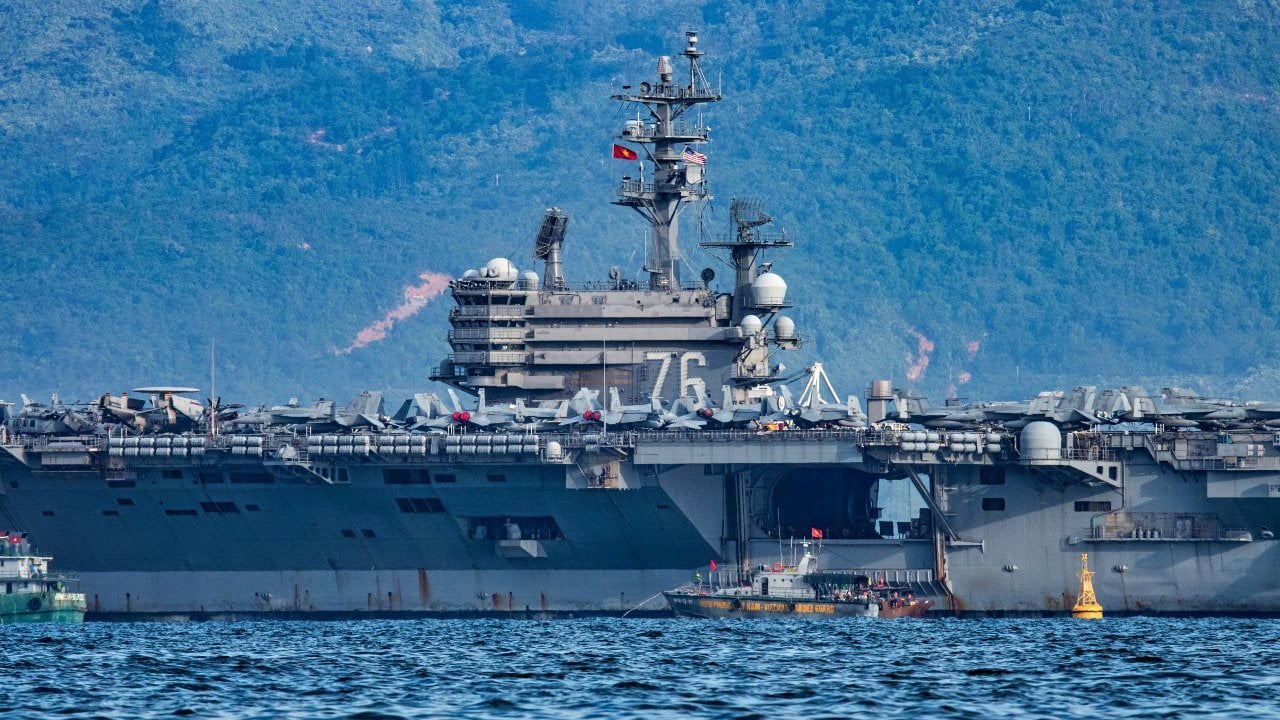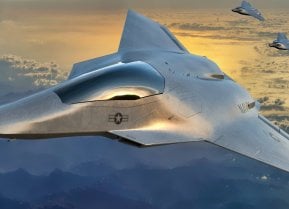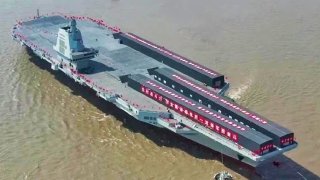China's Aircraft Carrier Fleet Is 'Stalking' the South China Sea
China's three operational aircraft carriers, the Liaoning, Shandong, and Fujian, have all been positioned in or near the South China Sea, highlighting China's growing maritime presence in the Western Pacific.
Summary and Key Points: China's three operational aircraft carriers, the Liaoning, Shandong, and Fujian, have all been positioned in or near the South China Sea, highlighting China's growing maritime presence in the Western Pacific.
-In contrast, the U.S. Navy, with its superior number of 11 aircraft carriers, currently lacks a carrier presence in the Indo-Pacific region, as several of its flattops are undergoing maintenance or redeployment.
-This situation has raised concerns about China's ability to exert control in the Western Pacific, particularly as U.S. carriers remain spread thin across other global commitments.
Chinese Aircraft Carriers Could Control the Western Pacific
The United States Navy has more than four times the number of aircraft carriers in service than China's People Liberation Army Navy (PLAN), but this week Beijing maintained a superior force of flattops in the Western Pacific. All three of the PLAN aircraft carriers now in service were reported to be operating near or in the South China Sea, with no U.S. carriers anywhere near the contest waters.
On Friday, Newsweek released its most recent weekly map that tracks the movements of U.S. and Chinese aircraft carriers.
"Aircraft carriers are major platforms used by countries to project sea power in support of national interests and foreign policy in their immediate region and beyond. The U.S. has the most aircraft carriers in the world with 11 in service. China has the second-largest carrier fleet," the magazine of record noted.
Spotted – China's Flattops
All three of the PLAN's carriers were present in the Western Pacific – and to date have rarely operated far from Chinese waters.
The Soviet-built, Chinese-refurbished Type 001 Liaoning, was at its port at the PLAN base at Qingdao as of August 18 according to a newly released satellite image, but appeared ready for deployment. The Type 002 Shandong, the first domestically-built Chinese carrier was underway, after a recent deployment to the Philippine Sea.
The Type 003 Fujian, China's third and most advanced aircraft was at the Jiangnan Shipyard in Shanghai, where the warship was built. It had recently returned from month-long sea trials in the Yellow and Bohai seas off northeastern China and was expected to resume the tests in the coming weeks.
The U.S. Carriers Remain Spread Thin
Though the U.S. Navy retains a significant advantage in carriers – with 11 nuclear-powered flattops including 10 of Nimitz class and one Gerald R. Ford-class supercarrier – none were present in the Western Pacific as of Friday.
Currently, USS George Washington (CVN-73) recently completed a "hull swap" with USS Ronald Reagan (CVN-76) and will soon head to her new homeport in Yokosuka, Japan. On August 1, CVN-73 became the U.S. Navy's forward-deployed carrier taking over from CVN-76.

USS Ronald Reagan has since headed to Naval Base Kitsap in Bremerton, Washington, to undergo scheduled maintenance after serving as the sea service's forward-deployed aircraft carrier. USS Nimitz (CVN-65) is also undergoing maintenance at Kitsap.
On Thursday, USS Abraham Lincoln (CVN-72) and her strike group arrived in the Middle East on Wednesday, U.S. Central Command (CENTCOM) announced. CVN-72 is set to relieve USS Theodore Roosevelt (CVN-71), which was deployed to the Middle East to support the ongoing Prosperity Guardian mission to protect commercial shipping in the Red Sea and Gulf of Aden since June.
USS Carl Vinson (CVN-70) is back at her homeport at Naval Air Station North Island, San Diego, after taking part in the recently concluded Rim of the Pacific (RIMPAC) Exercise – and following the military drills, her crew won the "RIMPAC Cup," which is awarded to the best crew that wins the most of a series of multi-national, multi-day sporting events.
No other U.S. carrier is currently operating in the Indo-Pacific at this time. Even with 11 carriers, there simply may not be enough to maintain a presence everywhere.
Author Experience and Expertise: Peter Suciu
Peter Suciu is a Michigan-based writer. He has contributed to more than four dozen magazines, newspapers, and websites with over 3,200 published pieces over a twenty-year career in journalism. He regularly writes about military hardware, firearms history, cybersecurity, politics, and international affairs. Peter is also a Contributing Writer for Forbes and Clearance Jobs. You can follow him on Twitter: @PeterSuciu. You can email the author: [email protected].
Image Credit: Creative Commons and/or Shutterstock.


